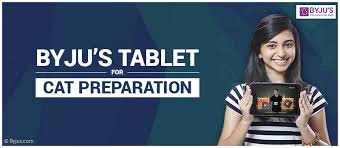
Was interesting to read (yes, i got it transcribed) the @jeremysliew + @HarryStebbings chat on 20VC where they discuss the 2012 Lightspeed round into Snapchat that Jeremy led.
Link to transcript: notion.so/sajithpai/Podc…
Link to the investment memo: thetwentyminutevc.com/wp-content/upl…
Link to transcript: notion.so/sajithpai/Podc…
Link to the investment memo: thetwentyminutevc.com/wp-content/upl…
What I found most interesting was this account of Jeremy Liew's persistence in trying to contact Evan Spiegel. VCs chasing founders who dont give them any bhav:)
Remember something like this for Sarah Cannon leading Index's recent round into Notion.
Remember something like this for Sarah Cannon leading Index's recent round into Notion.

Liew's laws of consumer social investing!
- can this become part of pop culture?
- can this become a habit?
- is there a scalable, repeatable way to grow?
- does the founder have a unique insight that explains the success, that explains what's going on?
- can this become part of pop culture?
- can this become a habit?
- is there a scalable, repeatable way to grow?
- does the founder have a unique insight that explains the success, that explains what's going on?
That is it folks!
Podcast: thetwentyminutevc.com/20vc-the-snapc…
Transcript: notion.so/sajithpai/Podc…
Podcast: thetwentyminutevc.com/20vc-the-snapc…
Transcript: notion.so/sajithpai/Podc…
• • •
Missing some Tweet in this thread? You can try to
force a refresh











